Eris is a trans-Neptunian object. This means that it orbits the sun at a greater average distance than Neptune, the eighth and last planet of the Solar System. Eris belongs to the scattered disc, a belt of asteroids and small celestial bodies at the edge of the solar system. The average distance between Eris and the sun is about 10 billion km, more than 67 times the distance between the sun and the earth. Eris takes 557 years to complete one orbit around the Sun. In contrast, it takes only 8 hours to complete a full rotation on its axis. Eris is distinguished by its albedo, which means its capacity to reflect the Sun’s light. Its albedo is very high: Eris is the brightest object in the solar system after Enseladas, one of the moons orbiting Saturn. But, because of its great distance from the earth, Eris is not visible with the naked eye from our planet. A group of American astronomers first discovered it in 2005.
The discovery of Eris came at the beginning of a minor astronomical revolution. Eris was initially classified as an asteroid. It seemed too small to be a true planet. Later, Eris’ diameter was calculated at around 2,500 km. This made it larger than Pluto, traditionally considered the ninth planet of the solar system. Astronomers were flummoxed. Either Eris should be considered a planet, or Pluto should be classified as an asteroid. In 2006, the International Astronomical Union solved the problem by introducing a new category for celestial bodies that are halfway between planet and asteroid: the dwarf planet, which could include both. Eris was then classed as the solar system’s largest dwarf planet.
Not much is known about Eris. Astronomers have discovered that it has a moon, Dysnomia. Based on its distance from the sun, astronomers have also calculated that the average temperature on Eris must be about 230 degrees below zero. Eris’ exact composition remains unknown. Some observations indicate that its surface is covered with methane ice, like Pluto. But while Pluto’s ice has a reddish tint, Eris’ appears gray. The reason for this difference is unclear. Eris was named after the Greek goddess of discord. But the astronomers who discovered the planet originally referred to it as Xena – from a TV show starring a warrior princess of the same name.
The discovery of Eris came at the beginning of a minor astronomical revolution. Eris was initially classified as an asteroid. It seemed too small to be a true planet. Later, Eris’ diameter was calculated at around 2,500 km. This made it larger than Pluto, traditionally considered the ninth planet of the solar system. Astronomers were flummoxed. Either Eris should be considered a planet, or Pluto should be classified as an asteroid. In 2006, the International Astronomical Union solved the problem by introducing a new category for celestial bodies that are halfway between planet and asteroid: the dwarf planet, which could include both. Eris was then classed as the solar system’s largest dwarf planet.
Not much is known about Eris. Astronomers have discovered that it has a moon, Dysnomia. Based on its distance from the sun, astronomers have also calculated that the average temperature on Eris must be about 230 degrees below zero. Eris’ exact composition remains unknown. Some observations indicate that its surface is covered with methane ice, like Pluto. But while Pluto’s ice has a reddish tint, Eris’ appears gray. The reason for this difference is unclear. Eris was named after the Greek goddess of discord. But the astronomers who discovered the planet originally referred to it as Xena – from a TV show starring a warrior princess of the same name.
RELATED


MOSQUITO


KINETIC, POTENTIAL AND MECHANIC ENERGIES


THE PRAYING MANTIS


BIG DATA


THE SKELETON
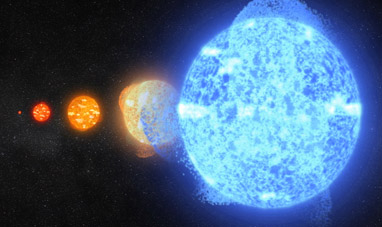

STARS


PARROTT


OIL


FALCON


QUASARS


GALAXIES


ELEPHANT


CATERPILLAR
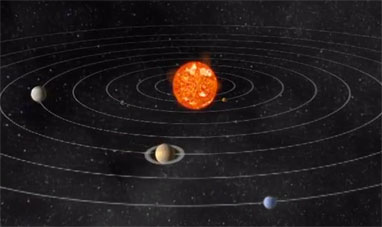

THE SOLAR SYSTEM


AMAZON


FLY


GIANT ANT EATER
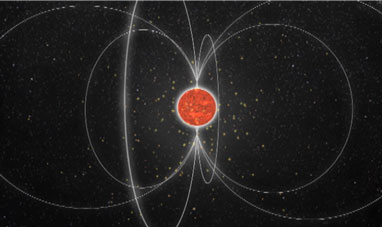

PULSARS


COMMON COLD


JELLY FISH


WHEAT


HIPPOPOTAMUS
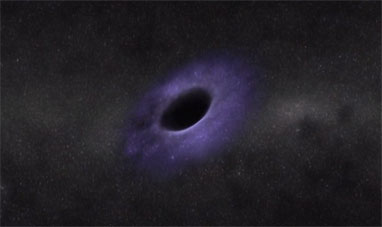

BLACK HOLES


SALMON


AXOLOTL


OWL


GOOGLE


FLEA


THE DIGESTIVE SYSTEM


DONKEY


DEER


WILHELM HERSCHEL
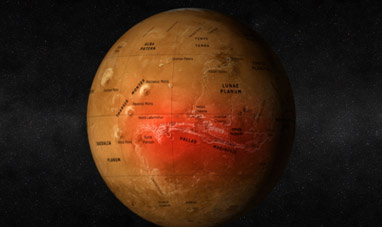

MARS


THE HEART


THE FEMALE REPRODUCTIVE SYSTEM


IGUANA
